Clinical Understanding
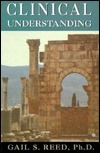
Summary
Examines how an analyst comes to understand a patient, scrutinizing the theoretical underpinnings of the classical position and looking at other theoretical perspectives as well. Describes a method that enables the therapist to understand a patient's central unconscious organization in the clinical situation, arguing that classical theory describes rules of transformation of unconscious processes and showing how to use these rules to arrive at an understanding of the patient. Annotation c. by Book News, Inc., Portland, Or.
Similar Books
-
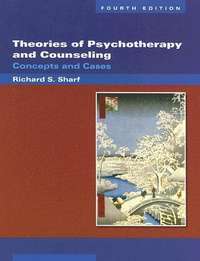 Theories of Psychotherapy and Counseling: Concepts and Cases
Theories of Psychotherapy and Counseling: Concepts and Casesby Richard S. Sharf
-
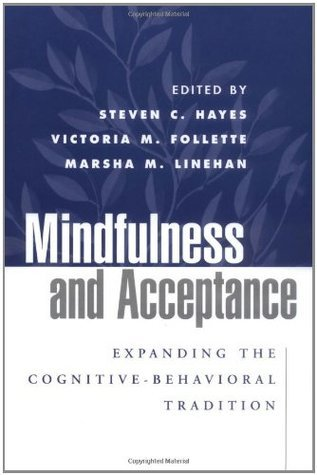 Mindfulness and Acceptance: Expanding the Cognitive-Behavioral Tradition
Mindfulness and Acceptance: Expanding the Cognitive-Behavioral Traditionby Steven C. Hayes
-
 Psychotherapy and Spirit: Theory and Practice in Transpersonal Psychotherapy
Psychotherapy and Spirit: Theory and Practice in Transpersonal Psychotherapyby Brant Cortright
-
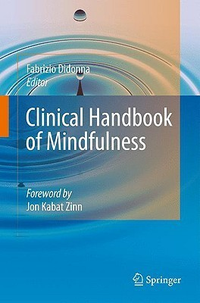 Clinical Handbook of Mindfulness
Clinical Handbook of Mindfulnessby Fabrizio Didonna
-
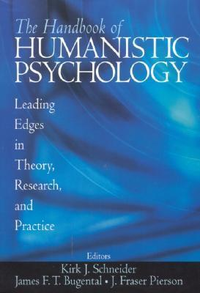
-
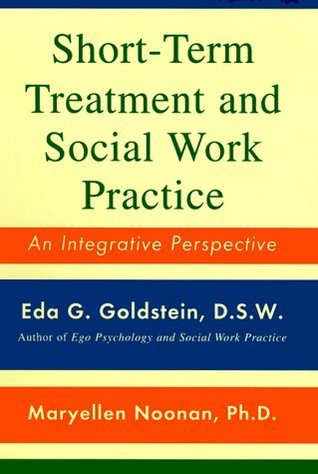 Short-Term Treatment and Social Work Practice: An Integrative Perspective
Short-Term Treatment and Social Work Practice: An Integrative Perspectiveby Eda G. Goldstein
-
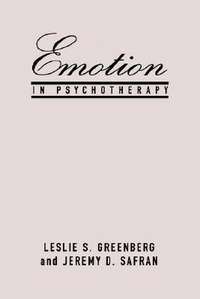 Emotion in Psychotherapy
Emotion in Psychotherapyby Leslie S. Greenberg
-
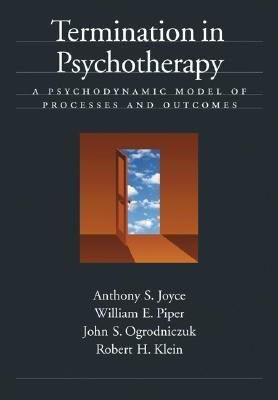 Termination in Psychotherapy: A Psychodynamic Model of Processes and Outcomes
Termination in Psychotherapy: A Psychodynamic Model of Processes and Outcomesby Anthony S. Joyce
-
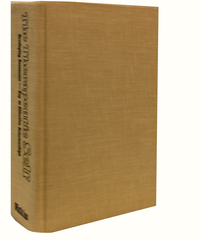 The Therapeutic Self: Developing Resonance--Key to Effective Relationships
The Therapeutic Self: Developing Resonance--Key to Effective Relationshipsby John G. Watkins
-
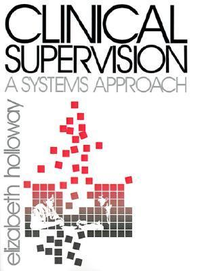 Clinical Supervision: A Systems Approach
Clinical Supervision: A Systems Approachby Elizabeth L. Holloway
-
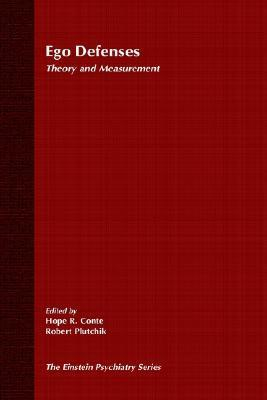
-

-
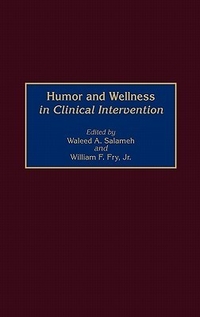 Humor and Wellness in Clinical Intervention
Humor and Wellness in Clinical Interventionby Waleed A. Salameh
-
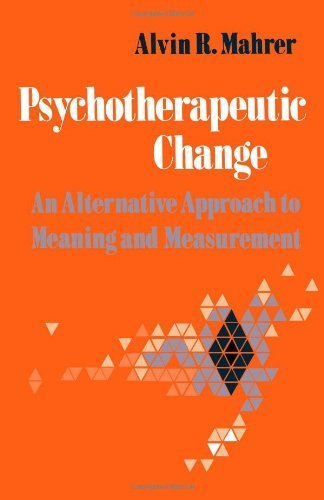 Psychotherapeutic Change: An Alternative Approach to Meaning and Measurement
Psychotherapeutic Change: An Alternative Approach to Meaning and Measurementby Alvin R. Mahrer
-
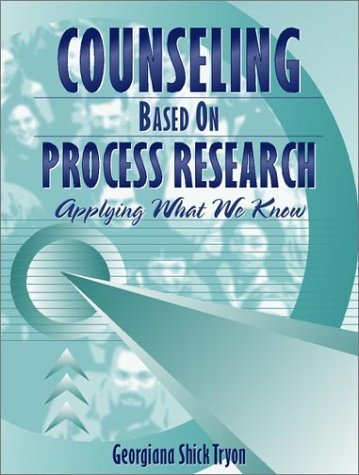 Counseling Based On Process Research: Applying What We Know
Counseling Based On Process Research: Applying What We Knowby Georgiana Shick Tryon
-
 Psychosocial Components of Occupational Therapy
Psychosocial Components of Occupational Therapyby Anne Cronin Mosey
-
 Occupational Therapy: Configuration of a Profession
Occupational Therapy: Configuration of a Professionby Anne Cronin Mosey
-
 Group Counseling and Group Psychotherapy: Theory and Application
Group Counseling and Group Psychotherapy: Theory and Applicationby George M. Gazda
-
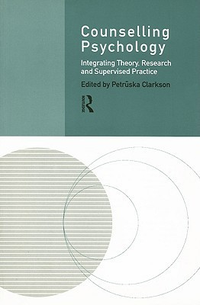 Counselling Psychology
Counselling Psychologyby Petrūska Clarkson
-
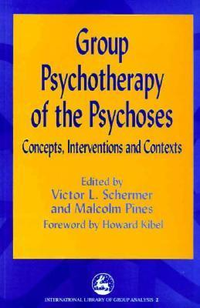 Group Psychotherapy of the Psychoses: Concepts, Interventions and Contexts
Group Psychotherapy of the Psychoses: Concepts, Interventions and Contextsby Victor L. Schermer
-

-
